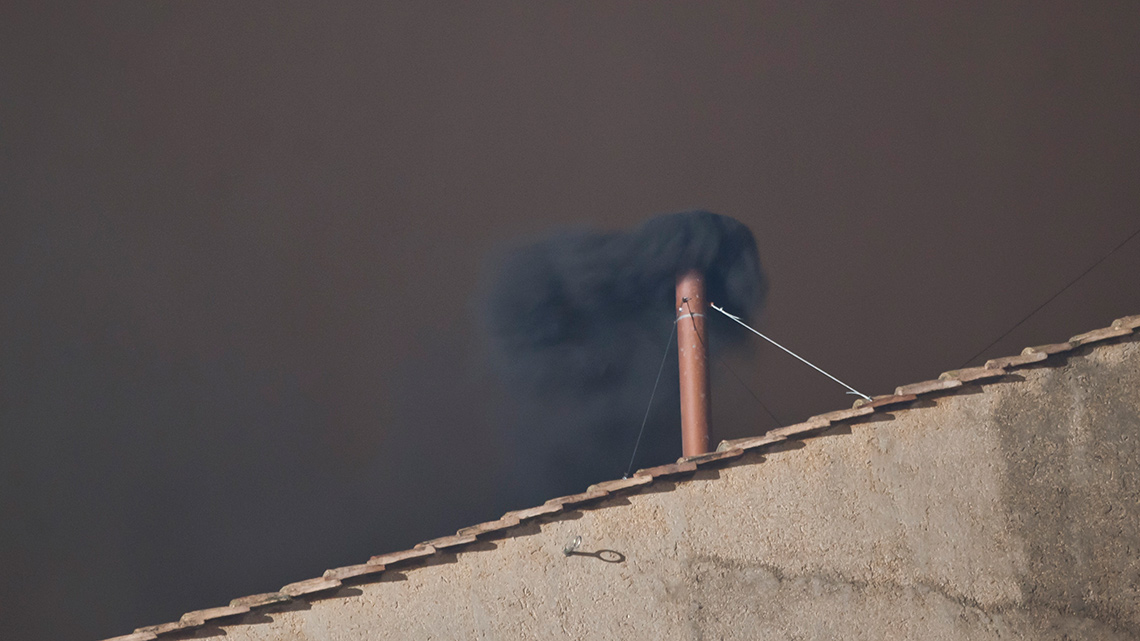What is the method for choosing a new Pope?

After the death of the Pontiff, the cardinal electors who are present, must wait for 15 days for those who are absent; the College of Cardinals has the power, however, to delay entry into the Conclave for twenty days; after that the cardinal electors who are present must enter the Conclave and proceed with the election.
Nevertheless, cardinal electors, if they arrive [before the pope is elected] would be admitted to the Conclave.
In addition to the Cardinal Electors, the following should enter into the Conclave:
The afternoon of the first day of the process, the cardinals process to the Sistine Chapel, where voting has traditionally taken place beneath Michelangelo’s fresco of the Last Judgment. The revised rules make no mention of the tradition of the white smoke that signals the end of voting and a new Pope.
During the Conclave which elected John XXIII, Vatican Radio mistakenly informed the world one day early that a Pope had been elected. At the Conclave which elected Paul VI, to avoid confusion concerning the colour of the smoke, electronic signals were installed, marked white and black, to inform Vatican Radio.
Traditionally, there were three methods of choosing the new Pope. The first was by acclamation, when all the cardinals agreed to one name proposed, without prior arrangement. This, however, appears never to have happened.
The second was by compromise, when a stalemate was resolved in one of three ways:
Now there is only one method, a simple two-thirds majority (or two thirds plus one if the number is not exactly divisible).
Note: See the section Resolving Deadlock.